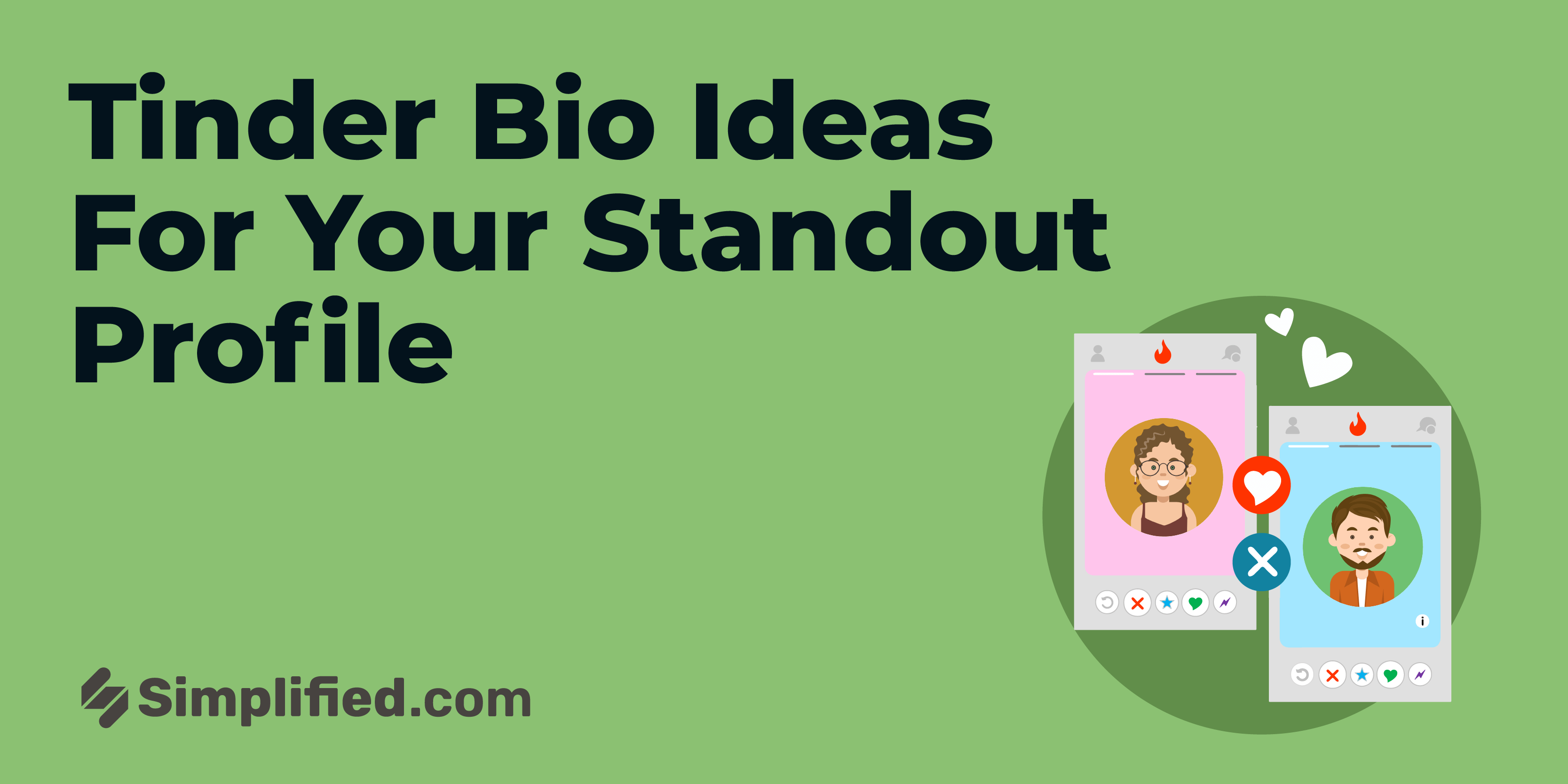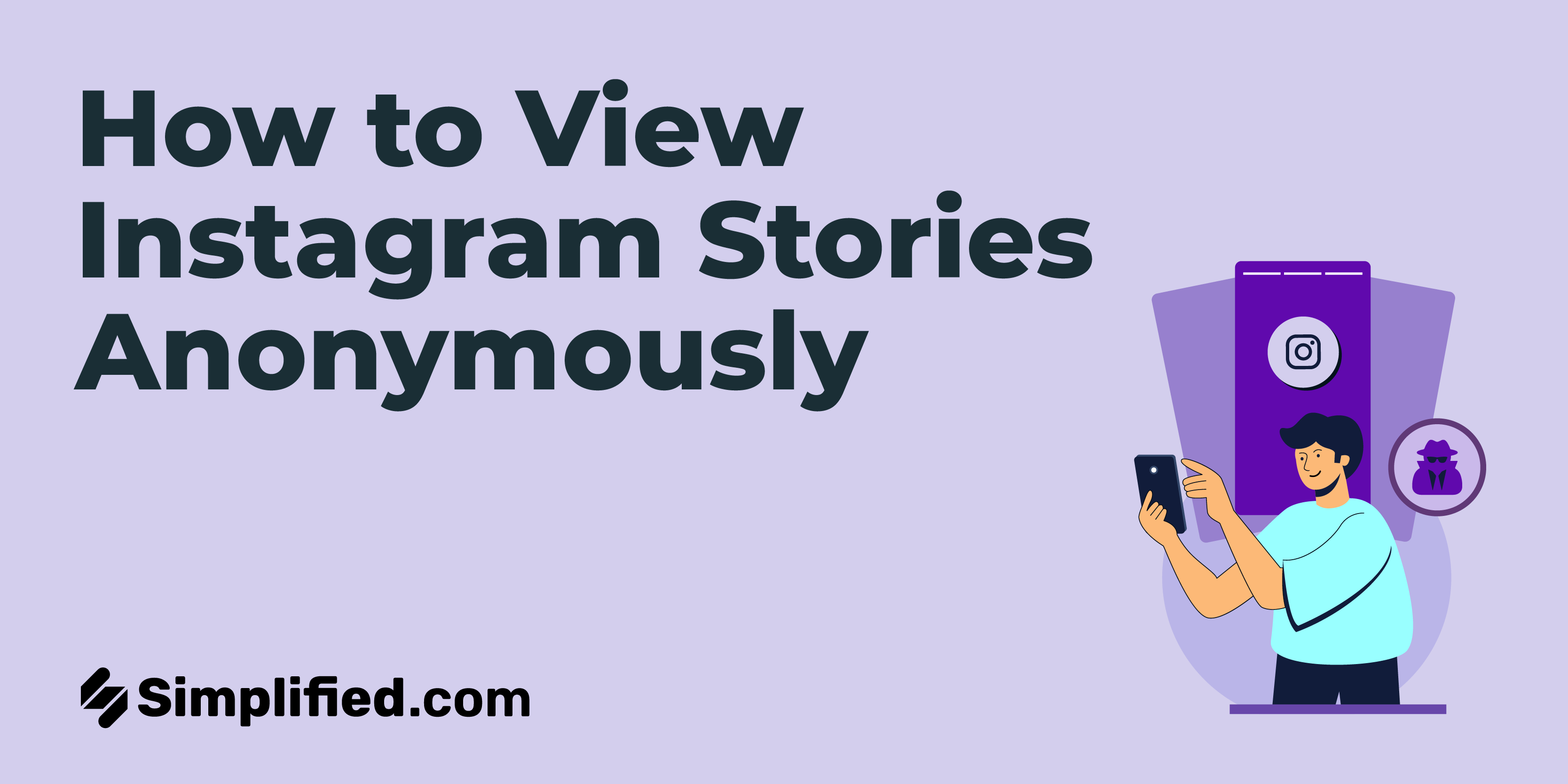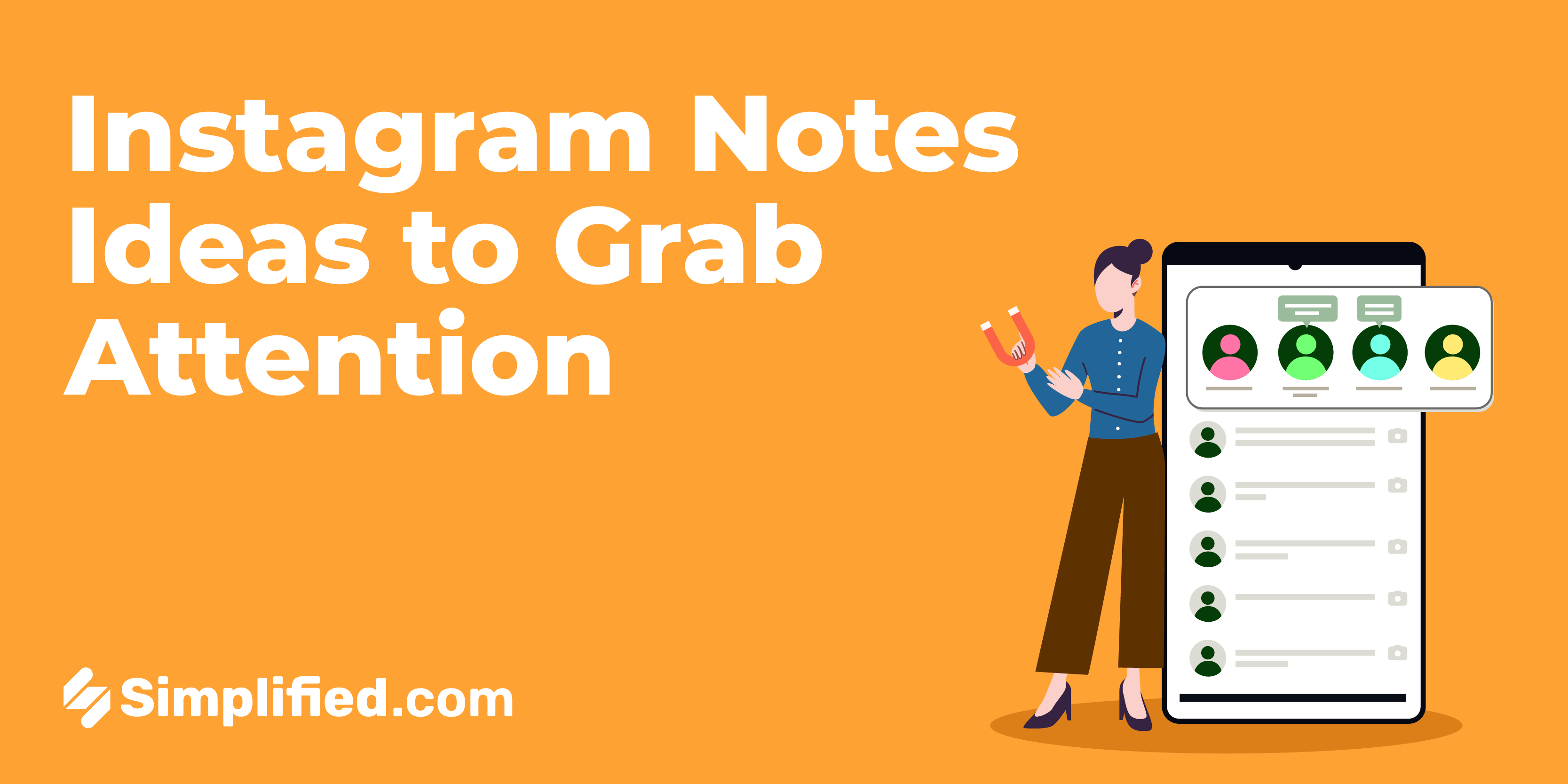What do you mean by Outbound Marketing?
Marketing plays a vital role in the development of any business. In today's world, there are two primary types of marketing: inbound and outbound. While inbound marketing has gained popularity, outbound marketing still exists in certain companies.
Outbound marketing, also known as "interruption" marketing, aims to reach a large number of customers by spreading the brand's message through advertising, direct mail, cold calling, and other techniques. The targeting in outbound marketing is often limited.
How does outbound marketing function? Outbound marketing is considered a more traditional approach, requiring significant time and effort to push messages across various channels, hoping to reach the right audience. Outbound marketing campaigns involve strategies that interrupt the audience, including cold calling, direct mail advertising, mass emailing, pop-ups and display ads, billboards, and television and radio ads.
Over time, outbound marketing has become less popular due to oversaturation. Modern consumers, empowered with choices, have grown tired of repetitive advertisements. According to Statista, by 2020, 27.5% of the world's population will be using ad-blocker software.
The effectiveness of outbound marketing varies depending on the target audience. Older customers may be more receptive to cold calls or television advertisements, as they are accustomed to such advertising and less likely to block it. On the other hand, younger generations, raised in an era of instant gratification, are more adept at eliminating unwanted distractions.
In some studies, inbound marketing has shown better return on investment (ROI). Inbound efforts are also more cost-effective, with costs up to 62% lower than outbound marketing. However, measuring the impact of inbound strategies can be challenging. Instead of employing aggressive sales tactics, inbound marketing focuses on building brand awareness, engagement, and loyalty.
To enhance the effectiveness of outbound marketing, businesses are integrating inbound methodologies. For example, using social media platforms, sending out pay-per-click (PPC) ads with clickable links may be considered outbound marketing. However, by utilizing targeting features on platforms like Facebook, Instagram, and Twitter, businesses can ensure their message reaches individuals who are more likely to be interested, thanks to specific audience characteristics.
For most businesses, employing a combination of marketing strategies and tracking their results is the most effective approach. By consistently monitoring and analyzing the outcomes, companies can determine which methods work best for their audience and brand.
.webp)













